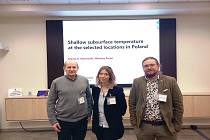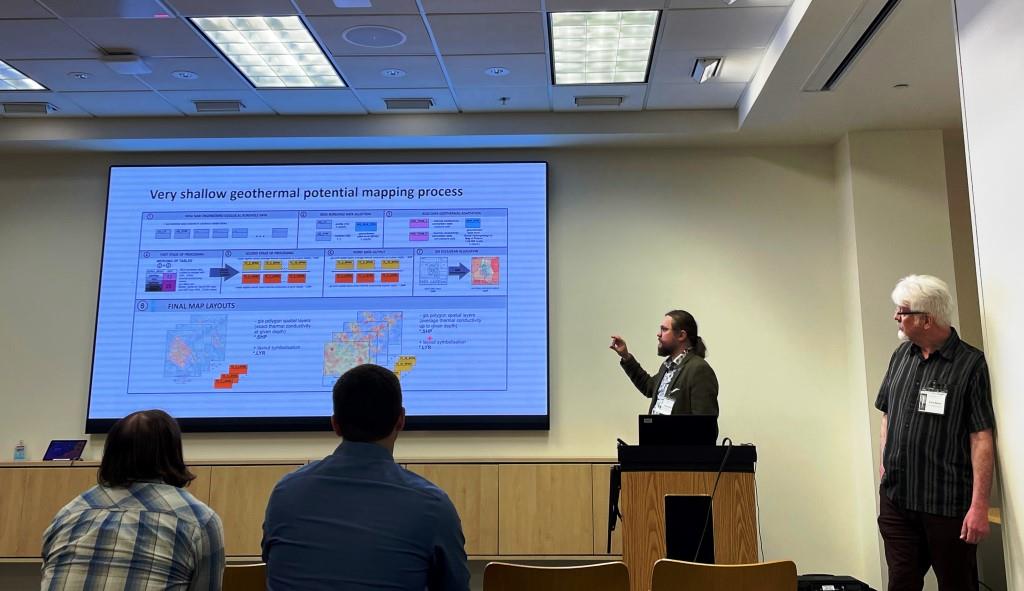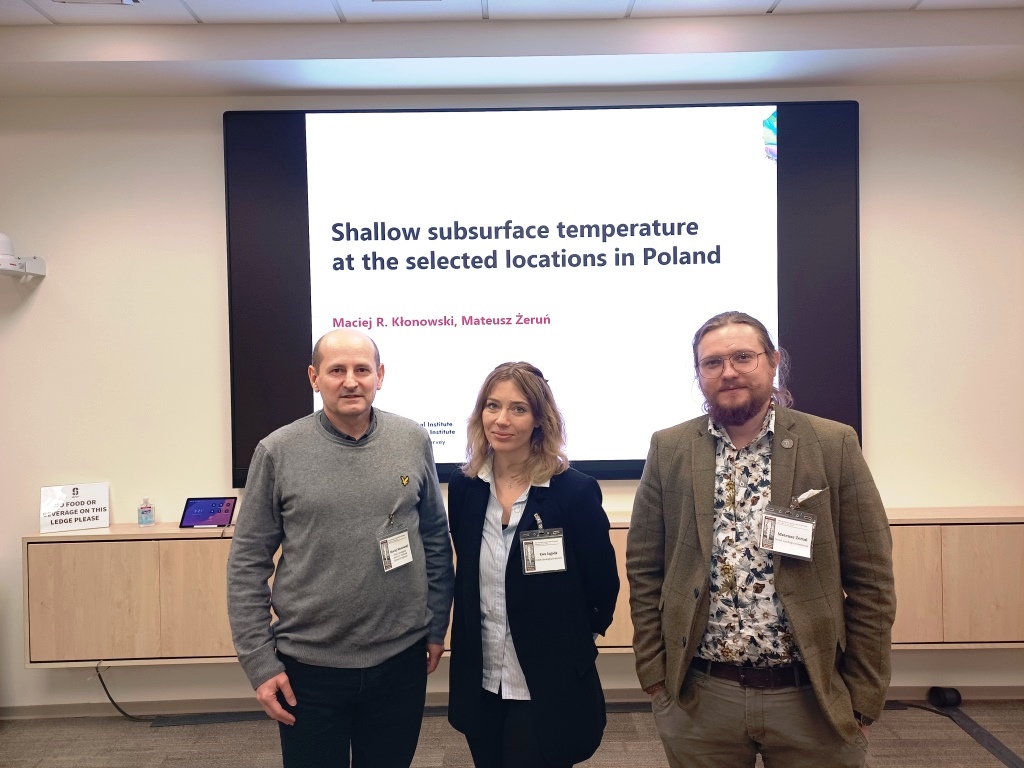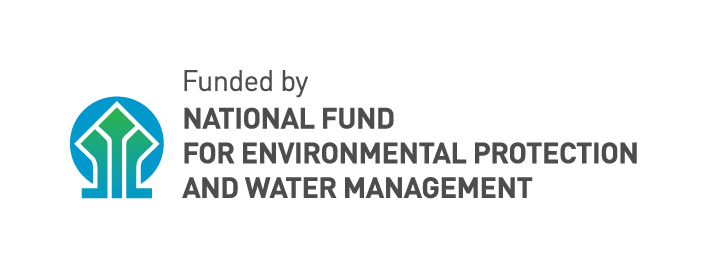 Workshop on Geothermal Reservoir Engineering, more widely known as the Stanford Geothermal Workshop, is a conference that is one of the world's most prestigious scientific events in the field of geothermal energy. It is organized by the Stanford University located in the San Francisco metropolitan area in western California, USA.
Workshop on Geothermal Reservoir Engineering, more widely known as the Stanford Geothermal Workshop, is a conference that is one of the world's most prestigious scientific events in the field of geothermal energy. It is organized by the Stanford University located in the San Francisco metropolitan area in western California, USA.
The scientific standard of the conference is always very high, and the spectrum of issues covered, thanks to the participation of scientists and practitioners from around the world, is very broad. This year's 49th edition of the conference attracted a record number of 310 participants from 39 countries.
During the conference, which took place on 12-14.02.2024, several thematic sessions were held on a variety of topics, including high- and low-temperature geothermal energy, unconventional geothermal systems, fracturing, deep drilling technology, geophysical studies, geochemistry, modelling studies, machine learning, anisotropy of the rock medium, underground thermal energy storage, efficiency of geothermal installations, thermal monitoring of the lithosphere, and many others.
This year's conference was attended by three experts from the Institute, i.e. Ewa Jagoda, Maciej Kłonowski, and Mateusz Żeruń, who presented two lectures during the "Low temperature" session:
- Shallow subsurface temperature at the selected locations in Poland – Maciej R. Kłonowski and Mateusz Żeruń,
- Adaptation of Engineering-Geological Database for Very Shallow Geothermal Potential Mapping of the Urban Areas. Case Study: Warsaw – Mateusz Żeruń, Ewa Jagoda, Edyta Majer, Aleksandra Łukawska, Krzysztof Majer, Grzegorz Ryżyński, Izabela Samel.

Mateusz Żeruń presenting at the “Low Temperature” session

Employees of PGI-NRI after the ”Low-temperature” session
The presentations drew a vivid interest from the audience, leading to an interesting discussion after each of them. The first one dealt with the results of temperature profiling performed in 2022-2023 in five observation boreholes which constitute the foundation of national thermal monitoring of the shallow lithosphere. The research is carried out within the framework of the task of the Polish Geological Survey entitled “Map of Poland's low-temperature geothermal potential (MPGN) on a scale of 1:50 00. Phase I - continuous task”.
The next lecture presented a semi-automatic method of parameterization of the Engineering-Geological Database (BDGI) to assess the geothermal potential of very shallow layers of the construction subsurface. The presentation provided instructions on preparation of maps showing thermal parameter distribution of soils and rocks at depths crucial for implementation of technologies which use thermally active construction elements such, as geothermal energy piles, thermally active foundations, energy tunnels as well as shallow underground thermal energy storage systems (PTES and TTES). This lecture showed preliminary results of the task of the Polish Geological Survey entitled "Assessment of the possibility of underground thermal energy storage using closed systems (BTES, PTES/TTES, EF) in selected locations in Poland”.
Papers from the conference are available in the Geothermal Paper Database, maintained by the International Geothermal Association: https://pangea.stanford.edu/ERE/db/IGAstandard/search_results.php?showmax=99&CONFERENCE=Stanford%20Geothermal%20Workshop&SortField=Year&SortOrder=Descend
Abbreviations used in the text:
- BTES - Borehole Thermal Energy Storage
- PTES - Pit Thermal Energy Storage
- TTES - Tank Thermal Energy Storage
- EF - Energy Foundations, e.g., geothermal energy piles, energy tunnels
Text: Maciej Kłonowski, Ewa Jagoda, Mateusz Żeruń















 PGI-NRI offer
PGI-NRI offer Mineral resources of Poland
Mineral resources of Poland  Oil and Gas in Poland
Oil and Gas in Poland 




 Subscribe to RSS Feed
Subscribe to RSS Feed